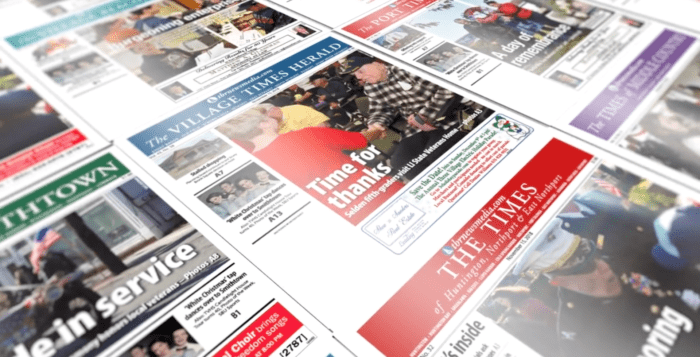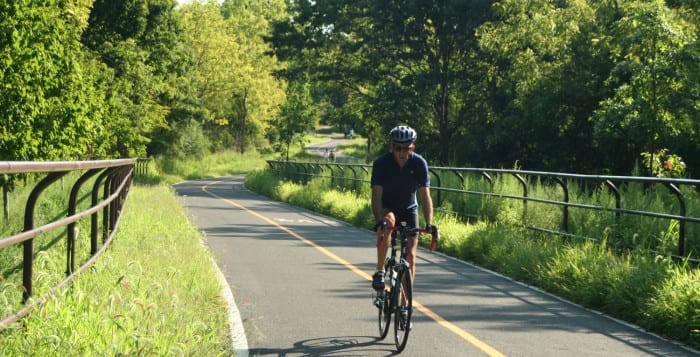Local news is making news lately.
Last week, tech giant Google reached an agreement with the Canadian government that will allow the search engine to continue publishing links to local news outlets under select conditions. As part of the bargain, Google will pay out roughly U.S. $73.5 million annually to Canadian news companies.
We regard this development as a significant victory for local journalism, setting a powerful precedent we can follow here in the United States.
The local press is a vital institution for sustaining democracy. We know that in news deserts — or places not served by a local newspaper — communities generally have less civic engagement and more governmental mismanagement.
Without local news, we become alienated from the democratic process. Distant bureaucracies in Washington and Albany — over which we have little influence as private citizens — dominate our mental space and shape our worldviews.
Without local news, we can consume only the most polarizing, partisan content from mainstream media outlets that prosper and profit from a national culture of division.
At TBR, we are committed to a ground-up style of democracy. A stable federalist system requires a solid foundation. Like the food chain, community journalism is the primary producer, giving life to all other levels of democracy. Without the local press, our entire democratic ecosystem could collapse.
Local journalists reporting on civic matters and informed citizens engaging in the political process are the pillars of a thriving democracy. But how our industry is changing.
Today, local outlets fight just to survive — much less thrive and expand. Local newspapers have simply struggled to adapt in this digital age. Meanwhile, tech conglomerates are cannibalizing the local media landscape, circulating and monetizing our content without equitable compensation while siphoning away precious advertising dollars from small businesses — the lifeblood of the local press.
We find this dynamic deeply problematic. Fortunately, we have recourse.
Right now, the state Legislature is considering the Local Journalism Sustainability Act. This measure would create tax credits for local journalists and monetarily reward local news subscribers.
We regard this legislation as a positive first step toward attracting and retaining talent in our industry while counteracting the declines faced by many of our shuttering peers. We ask each of our state legislators to support this measure and invite readers to lobby them on our behalf.
But the work doesn’t end in Albany. Local news outlets in the U.S. deserve compensation from Big Tech, similar to our Canadian counterparts. If Canada can defend its local press, our federal government can, too.
The Journalism Competition and Preservation Act, introduced in the U.S. Senate earlier this year by Sen. Amy Klobuchar (D-MN) with broad bipartisan support, would allow local outlets to jointly negotiate fair compensation for access to our content by Google, Facebook and other large corporations.
We urge our U.S. Congressman Nick LaLota (R-NY1) to pick up the measure, guiding the slim House majority toward enactment.
As local press members, we are staring down an extinction-level event. The monopolistic, plagiaristic, predatory tactics of Big Tech must end. We ask for a level playing field.
To our readers and public officials alike, we urge you to do what you can to stand up for local news.













